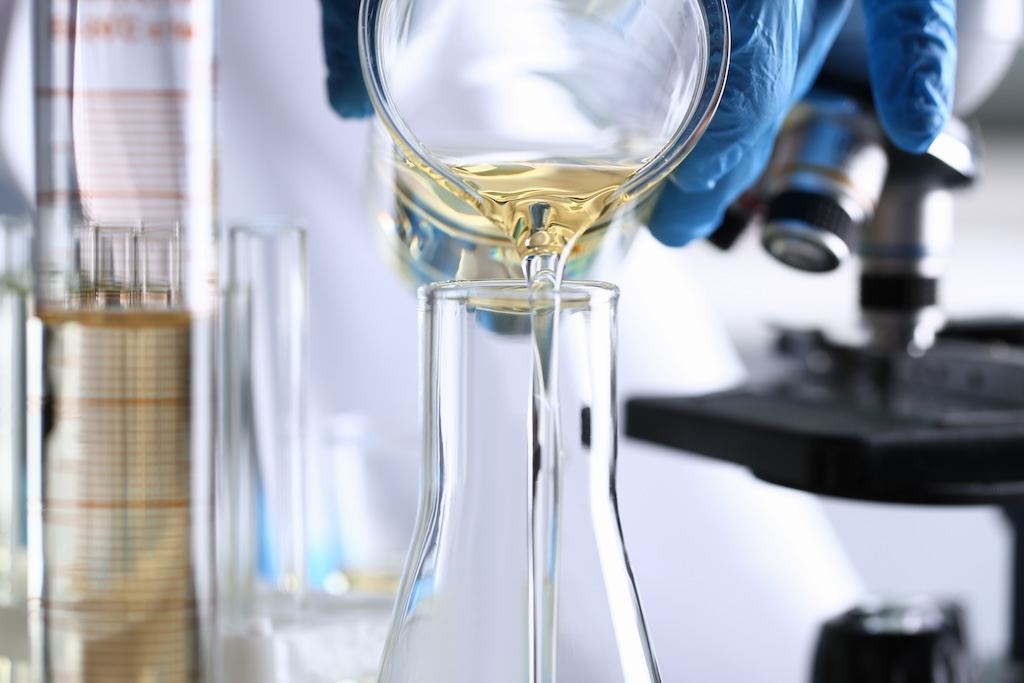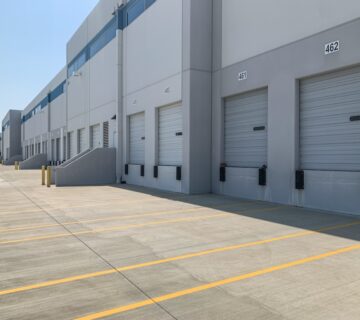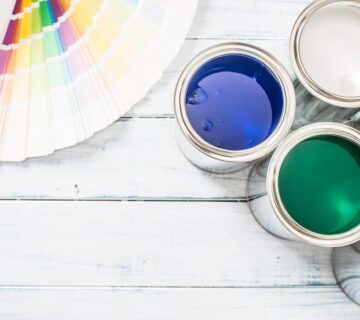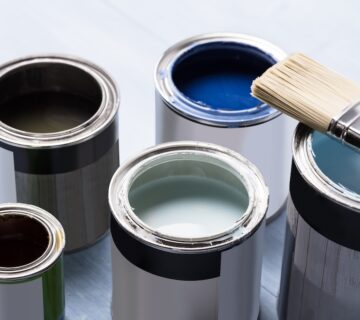In the world of painting and coating, paint additives might not be as commonly discussed as pigments or solvents. However, their role is equally vital. Paint additives are substances added to paint to enhance its performance, appearance, or application properties. In this blog, we’ll explore what these additives are and why they are important in the painting process. We’ll look into how these additives affect various factors such as the longevity of the paint, its resistance to environmental factors, and the quality of the finish, all of which are crucial to both the do-it-yourself enthusiast and the professional painter.
Understanding Paint Additives
Paint additives are often unsung heroes in the paint formula. They are used in small quantities compared to the main components like pigments and binders, but their impact is significant. These chemical enhancers can alter various properties of paint, such as its texture, durability, drying time, and resistance to external factors. Without these crucial components, the quality of the paint would suffer, and the application process could be compromised, resulting in a less than satisfactory finish.
Types of Paint Additives
There are several types of additives, each serving a different purpose. For example:
- Defoamers: Defoamers reduce or eliminate the foam that can form during the manufacturing and application of paint, ensuring a smoother finish. By preventing foam and bubble formation, defoamers help maintain the integrity of the paint film and its aesthetic appeal.
- Driers: Driers speed up the drying time of paint. This is particularly useful in oil-based paints where drying can be a lengthy process. This helps to reduce the waiting time between coats and accelerates the overall project timeline.
- Anti-settling Agents: Anti-settling agents prevent pigments from settling at the bottom of the can, ensuring uniform color and consistency throughout the life of the paint. This is especially important for ensuring that the color remains consistent from the first to the last use.
- Mildewcides and Fungicides: Added to paint used in damp environments, these additives prevent the growth of mildew and fungi on painted surfaces. They help to maintain the aesthetic and health standards of environments such as bathrooms and kitchens.
- UV Stabilizers: UV stabilizers protect the paint from fading or degrading due to exposure to sunlight. These stabilizers are critical for the longevity of the paint’s appearance, particularly in geographic locations that experience high levels of sun exposure.
Importance of Paint Additives
Enhancing Performance and Longevity
The primary reason for using additives is to enhance the performance and longevity of the paint. For instance, in high-humidity areas, paint without mildew-resistant additives can quickly develop unsightly spots and pose health risks. Similarly, UV stabilizers are crucial for exterior paints to ensure they maintain their color and integrity over time. Additionally, these additives can improve the paint’s adherence to different surfaces, which is vital for long-term durability.
Improving Application Properties
Additives also play a role in improving the application properties of paint. Defoamers contribute to a smooth finish by eliminating air bubbles, while flow modifiers help the paint to spread more evenly, reducing brush marks and ensuring a uniform coating. Without these additives, painters might struggle with issues such as inconsistent texture or uneven coverage, which can significantly detract from the finished look.
Adapting to Specific Needs
Paint additives allow for the customization of standard paint products to suit specific needs or environments. For example, adding a flame retardant can be crucial for surfaces in fire-prone areas, and anti-graffiti additives can be useful in public spaces. Additives thus extend the functionality of paint to meet the unique demands of various projects and conditions, ensuring optimal results.
Choosing the Right Additives
When selecting paint, it’s essential to consider the specific requirements of your project. For interior walls in a humid bathroom, a paint with mildewcides would be ideal. For an outdoor mural, choosing a paint with UV stabilizers and weather-resistant additives is crucial. By understanding the role and effects of different additives, consumers and professionals can select paints that will perform best under specific circumstances and environmental conditions.
Final Thoughts
Paint additives are integral in tailoring paint properties to specific requirements and ensuring the longevity and effectiveness of a paint job. They allow us to overcome challenges posed by different environments and surface materials, making our paint more durable, functional, and aesthetically pleasing. Next time you pick up a can of paint, remember that it’s not just the color that counts, but also the carefully formulated additives that make your paint perform at its best. For more insights into paint technology and home improvement, visit our website at sisupainting.com and explore our blog at sisupainting.com/blog.





No comment